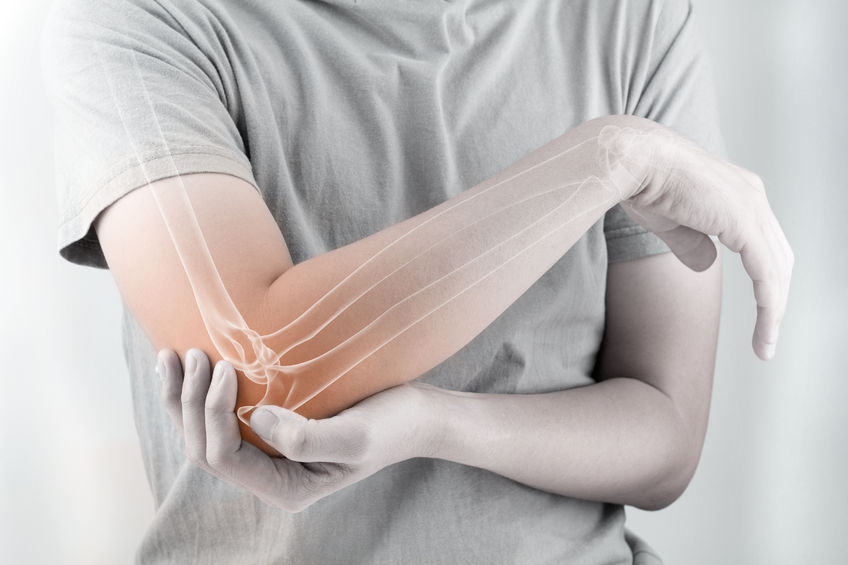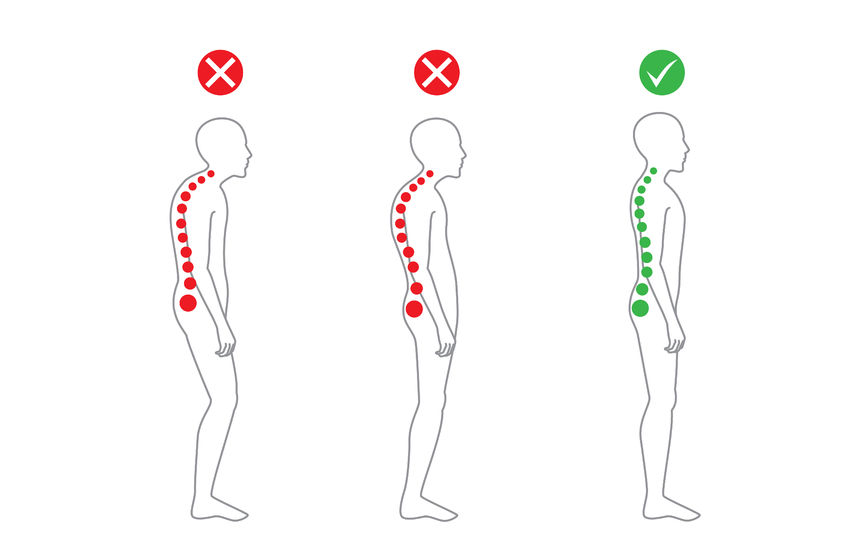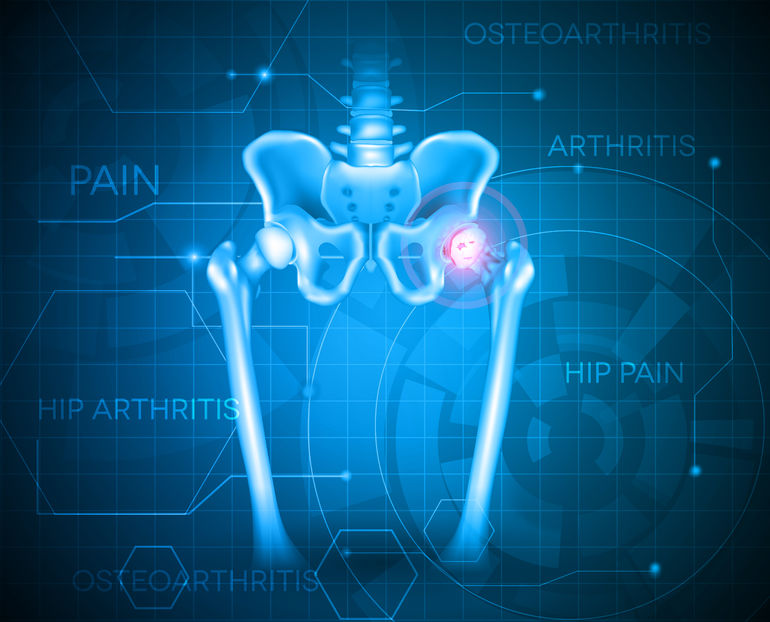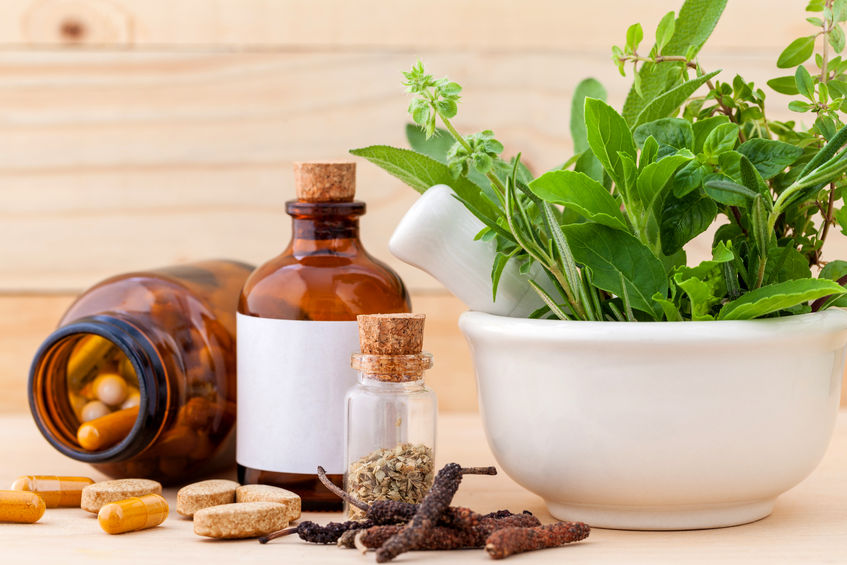What’s New at AOSMI

Tendonitis, a condition in which the tissue connecting the muscle and bone becomes inflamed, a painful issue that impacts many. A tendon, a tough and flexible band of fibrous tissue, can become inflamed when movement of the tendon becomes impaired. There are numerous reasons for the development of tendonitis, with the most common causes being overuse and old age. Diagnosis is completed through a physical examination while X-rays and MRI’s are used if underlying problems are suspected to be present. Symptoms include tenderness directly on the tendon, swelling, and pain with movement.
In the treatment of tendonitis, there are multiple steps one can take for relief and improvement. Listed below are different treatment methods.
- Application of Ice. Ice helps control inflammation and decrease swelling.
- Anti-Inflammatory Medications/Gels. These medications also decrease swelling and help to alleviate pain.
- Cortisone Injections. If symptoms continue, cortisone may be injected directly into the site of inflammation, which can help in situations when rest is ineffective.
- Physical Therapy. When medications and injections do not work, physical therapy is used. Strengthening exercises may also assist with pain caused by tendonitis.
- Rest. For the inflamed tendon to heal, there must be a break from vigorous activity and exercise, which may mean a break from favorite activities.
Tendonitis often affects elbows, wrists, shoulders, hips, knees, and ankles, causing intense pain for sufferers of the condition. With these painful effects, it is imperative to seek assistance. An orthopedic specialist can help individuals through the treatment process.

Poor posture has many detrimental effects on the body. Individuals often experience chronic pain in the back, neck, and shoulders, digestive issues, stiffness, and fatigue. Poor posture can also lead to nerve compression, muscle atrophy, carpal tunnel syndrome, and sciatica. Although sometimes unnoticed, posture also has a strong impact on the mind, considering people may experience worsened depression and stress, along with tension headaches.
Poor alignment creates ligament and muscle imbalances, which cause many problems. Deviations exist because of the imbalance of muscles, which work together in holding a joint in place. With one tight muscle and one loose one, muscles are pulled away from their rightful positions. Overactive muscles then overcompensate for underactive ones, causing issues and stress on the body.
There are various ways to improve posture, but it is important to understand exactly where alignment is impaired. To determine the postural deviation, one must conduct a standing assessment. During the assessment, which consists of various stances, the overactive and underactive muscles are assessed to discover the strengthening exercises that must be used.
To achieve an upright posture, individuals can follow a few simple steps.
- Step 1: Place feet shoulder width apart.
- Step 2: Stand up straight.
- Step 3: Keep weight on balls of feet.
- Step 4: Keep shoulders square.
- Step 5: Pull head back and up.
These steps can assist individuals who tend to hunch over from poor posture. The greatest challenge is to remain aware of your posture as you go about your day. It is easy to go minutes or hours without realized that you are slumping or slouching. One of the best ways to develop better posture is to be mindful of specific deviations and contact an orthopedic specialist for more assistance.

Bone spurs, or osteophytes, are an excess growth of bone around a vertebral body. Problems occur due to the pain and inflammation caused by bone spurs rubbing against ligaments, nerves, and other bones. Eventually, with increased growth, nerve roots can be impacted, causing immense pain. Bone spurs are highly prevalent among individuals over the age of 60. Over time, discs in the spine naturally degenerate, thereby losing some of their shock-absorbing ability. But bone spurs do not only affect the spine; they also impact the shoulders, hands, hips, knees, and feet. Stress, injury, poor posture, poor nutrition, and family history can contribute to this problem as well. Those with osteoporosis are also more likely to develop bone spurs due to the body’s production of new bone after joint cartilage wears down.
Symptoms of bone spurs include:
- Back and neck pain
- Radiating pain through an arm or leg
- Lumps on hands, feet, or spine
- Numbness and/or burning
- Swelling
- Muscle cramps
To determine the best treatment plan, diagnostic tools are used to evaluate the condition. An orthopedic specialist may use X-rays, which provide a visual of any bone deposits. CT scans, electro-diagnostics, bone scans, and discography are also used, each with its own detection measures. Possible treatment interventions include weight loss, physical therapy, and rest. Injections and medications can also be used for relief. However, in severe cases, bone spurs may have to be surgically removed. Generally, bone spurs serve as evidence to an underlying problem, which must be addressed accordingly. To minimize pain and prevent additional joint damage, proper treatment from a NJ orthopedic surgeon is needed.

Modern medicine, though extremely effective and precise, has frequently downplayed the utility of vitamin and mineral supplements in the treatment and management of a variety of health conditions. For individuals suffering from the chronic pain and inflammation associated with arthritis, the side effects of frequent medication use can be substantial. Incorporating supplements into your routine can limit the need for other medications to manage arthritis pain.
Research indicates that the following supplements may be effective in the treatment of arthritis and other orthopedic conditions. Some are available in capsule form, as a topical cream or gel, or can even be effectively derived from fruit and vegetable consumption.
- Capsaicin. This nutrient, useful in the treatment of fibromyalgia and osteoarthritis, helps manage pain by acting on a particular pain transmitter in the brain. Capsaicin is derived from chili peppers.
- Turmeric. This popular cooking spice, frequently used in Indian foods, boasts an array of health benefits, including reductions in swelling and joint pain produced by inflammation.
- Ginger. Several studies have pointed to the efficacy of ginger in reducing inflammation and joint pain, particularly in osteoarthritis. Ginger is available in capsule form but is also a popular ingredient in food and blended smoothie recipes.
- Fish Oil. Also acting on inflammation, fish oil reduces stiffness in the joint and promotes better range of motion and flexibility.
If arthritis pain is limiting your quality of life, an orthopedic specialist at AOSMI can work with you to develop an ongoing treatment plan to manage this chronic condition. Contact us today to learn about how our integrative team of specialists can support you.

Smartphones have become so pervasive; it’s almost as if they are an extension of our bodies. With built-in fitness apps, instant access to personal social networks and support, and the ability to retrieve all the knowledge of the world wide web on demand, the health benefits of smartphones seem endless. Although these benefits are very real, there are also very real negative effects that come with excessive use of smartphones and other devices. Unsurprisingly, our hands receive the brunt of the wear and tear our bodies experience from constant texting, talking, searching, and all the other activities, so integral to our day-to-day life, that are carried out on these devices.
Here are some common orthopedic injuries and conditions that can result from unrestrained smartphone use. Although they certainly existed before smartphones and can have other causes, the incidence of many of these conditions have increased proportionally as smartphones have come into greater and greater use.
- “Text Claw.” Although this is not a formal diagnosis or condition, this term was coined to describe the pain and numbness in the hands and wrists experienced by frequent tech-users. Text claw might also be used to describe a condition called Cubital Tunnel Syndrome, in which numbness or cramping is experienced in the the ring and pinky fingers and hands.
- Carpal Tunnel Syndrome. Preliminary research indicates that there may be a link between smartphone use and Carpal Tunnel Syndrome.
- Repetitive Strain Injuries (RSI). When muscles and joints are used excessively, particularly in awkward or unusual positions, repetitive stress injuries can result. Symptoms can include stiffness, pain, or aching in the hands or wrists.
Luckily, there is no need to throw your smartphone away to experience relief from these and other conditions related to smartphone use. Cutting back is never a bad idea, of course, and preventative measures, such as wrist stretching, can be taken to avoid an injury. If you are experiencing pain in the hands or wrists, an orthopedic specialist can help. Contact AOSMI today.







